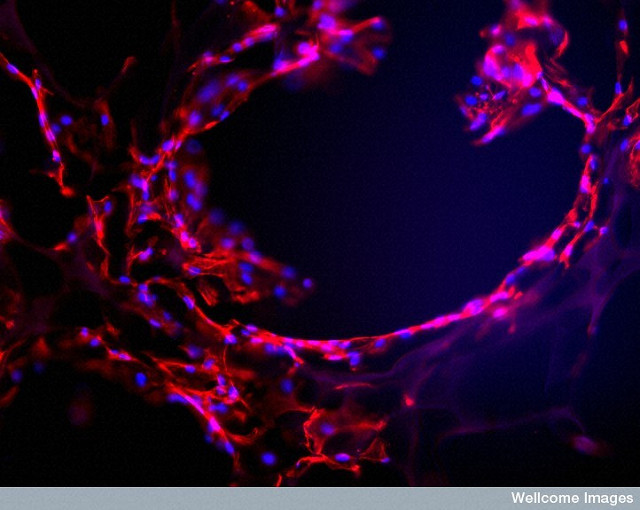There are currently nearly two million people in the United States living with limb loss. There are very few available treatment options for these amputees, some options include prosthetics and transplants. Unfortunately, both of these treatment options have severe limitations. First, no prosthetic is advanced enough to provide the amputee with the freedom and range of movement that they once had. Second, no prosthetic limbs communicate directly with the brain, leading to a significant delay of the limb movement. Transplants also have significant disadvantages, as they heavily rely on the availability of matching donors. In addition, the amputee is required to take life-long immunosuppressive drugs to prevent their immune system from attacking the donor limb. These drugs can cause the patient to be immune deficient, decreasing their body’s ability to fight off infections and leaving them extremely vulnerable to serious diseases.
Dr. Harald Ott, director of the organ repair and regeneration lab at the Massachusetts General Hospital, is currently conducting research on developing a novel and promising treatment for amputees. His proposed treatment involves infusing animal scaffolds with a patient’s own cells and growing and transforming them into a limb that can be transplanted into the individual. Dr. Ott believes that this method would allow a limb to be restored to its functional form, and this limb would be less likely to be attacked by the patient’s own immune system. If successful, this method would serve as the gold standard for limb regeneration, as it would lack the shortcomings of current technology.
Image Source: Blend Images/ERproductions Ltd
The process that Dr. Ott plans to utilize involves several key steps. First, a donor limb will be obtained and all of the attached cells will be stripped away in a process known as decellularization. Second, this scaffold will be infused with specific cells, known as progenitor cells, from the patient. These cells are known to be able to differentiate into many different types of cells, allowing specific cells such as blood vessel cells or muscle cells to be generated upon the donor scaffold. This process, known as recellularization, must be performed for the patient’s cell types to generate a working limb. These limbs will not be reliant on the availability of donors, as the cells will be simply their own, and will eliminate the need for life-long immunosuppressive drugs.
Dr. Ott and his colleagues have already had success growing organs and generating a rat’s arm from these techniques, but his current research involves using a more complex model: macaque monkeys. Researchers are now using the scaffolding of these monkeys’ arms, and replenishing them with human cells. The researchers have achieved growing the cells of human vascular tissue, and the next step will involve the nerves. This gives hope for the future of Dr. Ott and his colleagues’ research, where success will one day provide amputees with fully functional limbs.
Feature Image Source: B0008441 Endothelial cell scaffold by Wellcome Images










